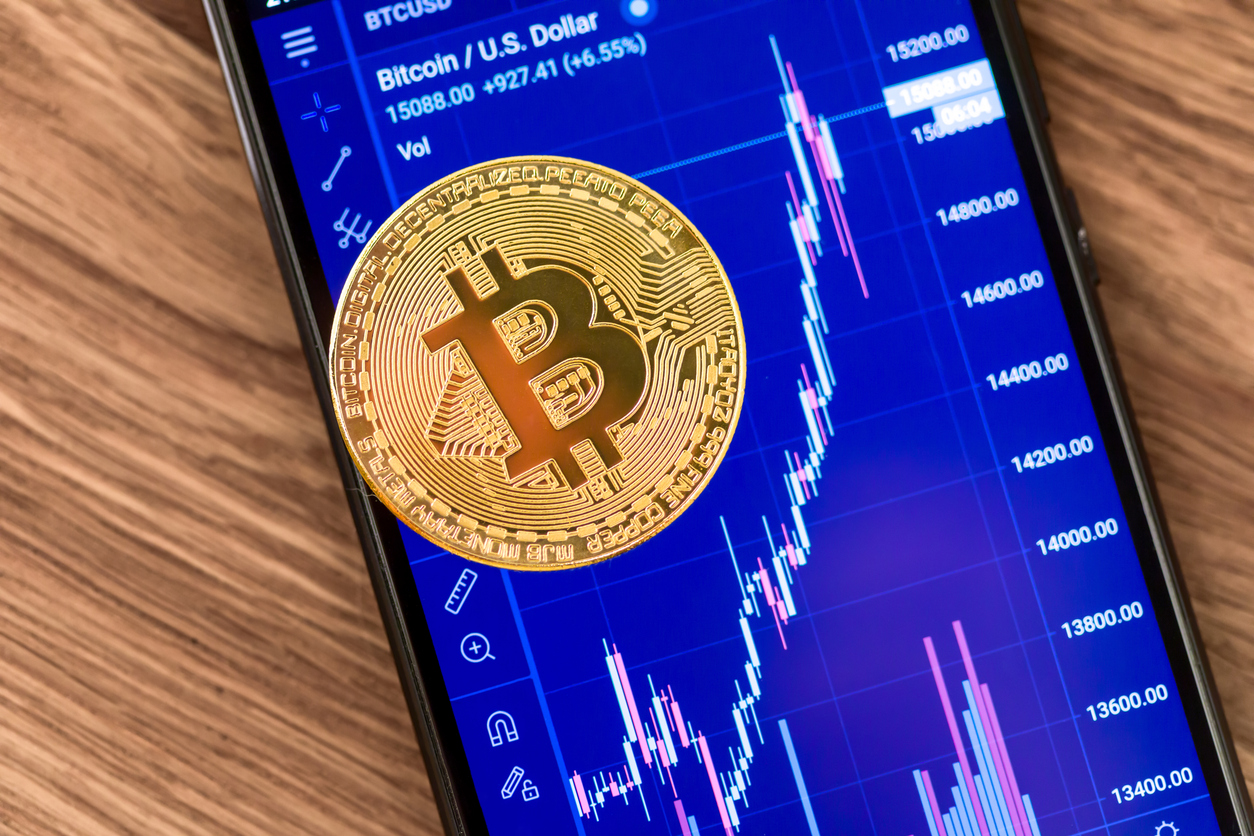
Without the benefit of the rich datasets provided by Barchart Premier, you may be tempted to immediately write off cryptocurrency exchange and wallet service Coinbase (COIN). It’s only natural. For starters, the underlying asset class is incredibly volatile and unpredictable. Second, while COIN stock carries a Moderate Buy consensus view, it’s hardly the most reassuring breakdown, with most of the individual ratings coming in as a Hold.
However, the biggest reason to be skeptical about COIN stock has to do with the company’s latest earnings results. As StockStory pointed out, shares tumbled following the disclosure of Coinbase’s third-quarter results, which missed on mainline metrics. These included revenue, EBITDA and earnings per share. Additionally, transaction revenue declined on a sequential quarterly basis, with management warning about softer market conditions.
As expected, implied volatility (IV) — or the market’s expectation of forward movement — slipped following the Q3 disclosure. Ahead of the earnings print, Coinbase’s IV rank stood at over 60%. By Friday’s close, this statistic fell to below 47%. Essentially, with the major news out of the way, the market doesn’t anticipate as much movement looking out.
Still, the average IV for the COIN stock options chain overall stands at 80.74%. While that’s below the historical volatility (HV) of 87.58%, the market still anticipates substantial kinesis. Adding to the intriguing narrative, StockStory mentioned that the benchmark cryptocurrency stands poised to swing past the $70,000 level. If so, that could easily send COIN rocketing higher.
Just How High Can COIN Stock Go? Maybe Over $220 by Month’s End.
While the public storyline for COIN stock might appear somewhat pessimistic given the poor earnings results, traders are eagerly transacting its derivative contracts. On Friday, COIN represented one of the top highlights in Barchart’s screener for unusual stock options activity.
Now, one datapoint that I rely on heavily is options flow. It’s much like the unusual options activity screener but it focuses exclusively on big block transactions — transactions of such a nature that are likely the exclusive domain of institutional investors. That provides me with critical intel about what the big dogs are buying and selling.
As it turns out, one of the contracts that the institutional players are selling is the $200 call option expiring on Nov. 29. On the first session of November, there was a transaction for $1 million worth of these call options sold, making it the second-most expensive trade of the day.

Armed with this knowledge, Barchart Premier members can pull up bull call spreads with the aforementioned $200 call as the short (second) leg of the spread. Since there’s unusual demand for this call — since a sold option necessarily means there’s a buyer on the other end — it makes sense to target this specific derivative. Basically, we would be getting more bang for our buck.
Of course, getting more credit from the second leg is important to lower the debit paid for the long (first) leg of the trade. This action simultaneously lowers the threshold to profitability (the gap to breakeven). Based on the choices available, the 190/200 call spread or the 185/200 appear intriguing because of their high payout potential (above 120%) and relatively low amount of money at risk.
It’s at this point, though, that you may realize that the chance for profitability for the above spreads is also among the lowest. In other words, it might not seem realistic to assume that COIN stock can hit $200 (or up 9.4%) by the Nov. 29 expiration date.

However, a stochastic analysis — which involves the product of the share price, options chain IV and the time decay adjustment (square root of the number of days left to expiration divided by 365 days) — reveals that the market’s expectation for COIN stock is plus/minus $40.96. Assuming a bullish trajectory, COIN could hit $223.84 or up 22.4%.
Breaking Down the Risks and Rewards
To be clear, betting on COIN stock is risky because it’s effectively a crypto proxy. Anything can happen in this sector. Moreover, the price projection based on IV is just that, a projection. The actual figure could fall short of the mark or exceed it. If you get the call wrong, you’re out a lot of money.
Nevertheless, there are some clues that make me lean bullishly. First, chatter in the cryptocurrency space is presently bullish. Second, the stochastic calculation from a month ago accurately predicted COIN’s price just ahead of the Q3 disclosure. If the stochastics are reasonably accurate again, there’s a solid chance buyers of the 190/200 or 185/200 call spreads will walk away with something in their pockets.
Third, investors for whatever reason are really focused on the $200 Nov. 29 call. It appears that the public money is buying it and the institutional money is selling it. If that’s the case, I’d like to leverage the higher-than-normal demand for the $200 call and use it to offset some of the debit of a lower-strike call.
Should the bullish enthusiasm be less than anticipated, the discounted debit will give me some margin as the threshold to breakeven would be reduced by the size of the $200 call’s credit. Overall, it’s a smarter way to speculate based on the information provided by Barchart Premier.
Normally, such access to this intelligence would cost an enormous amount of money. However, for what amounts to an annual subscription fee for a popular streaming service, you can tap into Barchart’s premium insights and data-driven tools that elevate your trading strategy. Don’t just speculate — gain the same institutional-grade research and analytics that professional traders rely on.
Elevate your trading game with Barchart Premier — where real intelligence meets real results.
On the date of publication, Josh Enomoto did not have (either directly or indirectly) positions in any of the securities mentioned in this article. All information and data in this article is solely for informational purposes. For more information please view the Barchart Disclosure Policy here.






